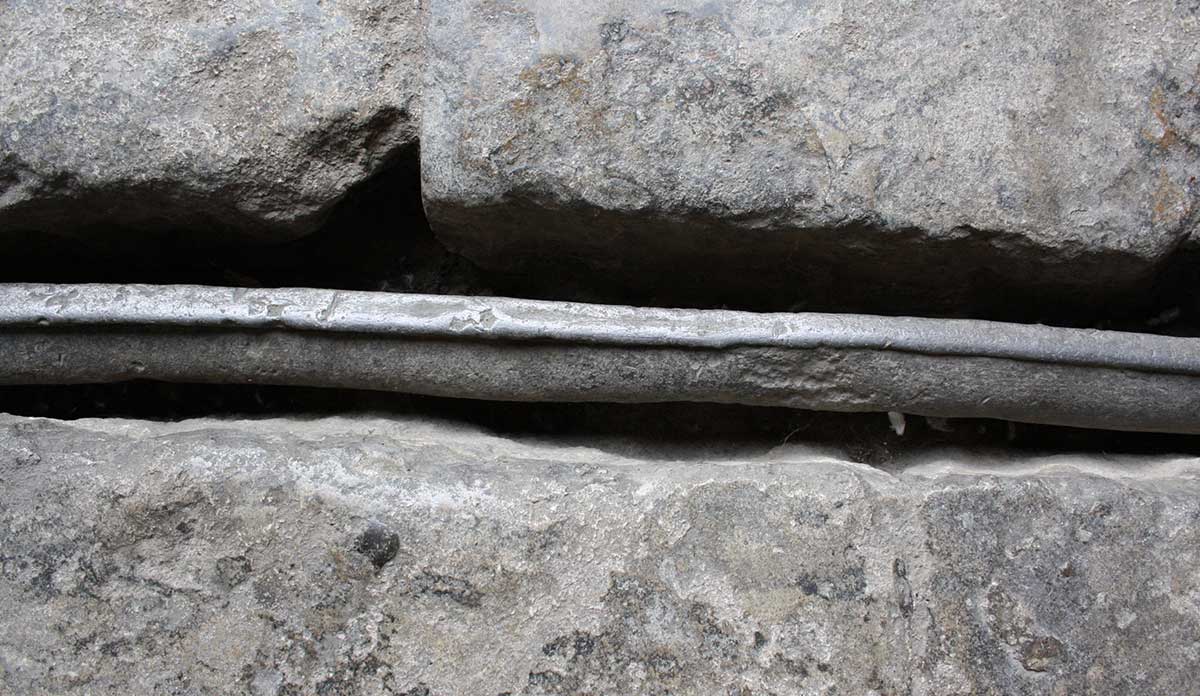I’m a City Councillor from Malden, Massachusetts, the community with the highest percentage of lead service lines in the Commonwealth. Malden is a city of around 65,000 people located four miles north of Boston on the Orange Line of the Massachusetts Bay Transportation Authority (MBTA), and is a member community of the Massachusetts Water Resource Authority (MWRA).
From the beginning, Malden has been a community that embraces change. In 1776 we were the first community to send instructions to the Second Continental Congress to renounce ties with Great Britain. In 2019 we will be moving onto our fourth City Hall in four decades as we undo the past mistakes of urban renewal and revitalize Malden Center.
Unfortunately, our public water infrastructure hasn’t received the same level of investment over the last four decades. In February 2016, the Boston Globe reported that, “Malden is the community with the highest percentage of service lines made of lead; 47 percent of the city’s 11,682 service lines are lead, according to the Massachusetts Water Resource Authority’s best estimates.” In May 2017, the Malden Observer reported that at multiple public schools across Malden “some drinking fountains and faucets had concentrations of lead above the state action level.” Since 1992 more than two-thirds of lead testing sampling periods have had results above the federal action limit.
It is clear that the lead problem in Malden has been well known to both state and local officials for decades.
It is clear that the lead problem in Malden has been well known to both state and local officials for decades. In July 2004 the Massachusetts Department of Environmental Protection (DEP) notified the City of Malden that lead monitoring had exceeded the lead action level. As a result the City was instructed to submit a Lead Service Line Replacement Program (LSLRP) which required the City to replace 7% of the initial number of lead service lines, or 350, annually. Unfortunately, the City failed to replace the required number of lead service lines in the first year, and according to the DEP violated a number of state regulations.[5]
In June 2006, as a result of the above failures, the City of Malden entered into an Administrative Consent Order with the DEP “concerning the lead service lines in the City of Malden’s drinking water distribution system.”[6] In part, the Consent Order required the City to replace 200 lead service lines annually, remove all lead service lines from City owned property and create a program to assist homeowners with the replacement of lead service lines on private property.[7] Despite these conditions, between 2006 and 2016 the majority of lead service lines only received partial replacements. This is troublesome because research suggests that partial lead service line replacements can actually increase the risk of lead exposure for up to 48 months.
In September 2016, one decade after entering into the first Consent Order with the DEP, elevated lead testing results again required the City to enter into a new Consent Order and develop a modified Lead Pipe Replacement Program. The latest replacement plan calls for the complete replacement of 150 lead service lines annually, both the public portion, from the water main to the private property line, and the private portion, from the property line to the home.
The question that repeatedly comes up as I speak with residents about Malden’s lead problem is “How did we get here?”
The question that repeatedly comes up as I speak with residents about Malden’s lead problem is “How did we get here?”
In Flint, Michigan this same question has been raised and analyzed extensively. Terry Newell, the founder of Leadership for a Responsible Society, writes in his piece “Failure in Flint: The Moral Responsibility of Public Servants” that:
“It would be comforting to view what took place in Flint as just a series of technical and scientific errors — lack of clarity about when and how to prevent the corrosion in pipes that allowed lead to leach out of them, varying views about when and how to test water quality, confusion about standards and their application. These may have been contributing factors, but the root cause of the problem in Flint was moral, not technical failure.”
In Malden it is clear that the replacement of lead service lines has and continues to compete with a number of other operational, financial and political priorities.
Unfortunately, the story from Flint is not a unique one. Communities across the country know far too well the fatal consequences that can arise when public officials take the easy route and choose to kick the can down the road.
In Malden it is clear that the replacement of lead service lines has and continues to compete with a number of other operational, financial and political priorities. Just this past February the Malden City Council voted against redirecting $7.2 million in available funds from cosmetic road resurfacing projects to the replacement of lead service lines.
My hope is that the Malden community will again embrace change and elect community leaders who uphold their oaths of office and prioritize public health and safety over politics and self preservation. It makes you wonder if there is any correlation between elected officials’ inaction on lead in our drinking water and the fact that children, the population most severely impacted by lead exposure, can’t vote.
Feature image: Louise Devitt, A lead pipe, used under CC BY-SA 2.0













